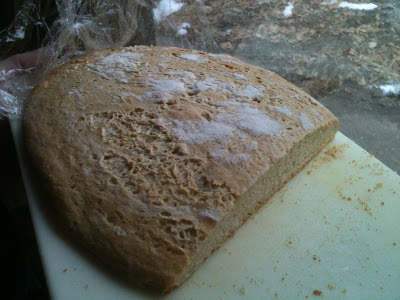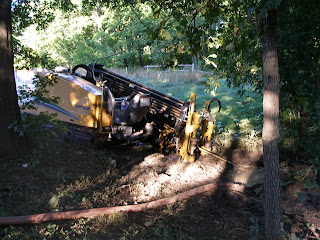Scale of Permanence
Scale of Permanence
Originally adapted from P.A. Yeomans by Dave Jacke
edited by Mark Krawczyk and Daniel Halsey. Version 7/2/12
SouthWoods Homestead Design Workshop, Victoria, BC
Climate
- Temperature Range
- Seasonal average / highs / lows
- Plant hardiness zone(s)
- Predicted future climate change status
- Annual precipitation
- Seasonal distribution
- Latitude – Sun Hours
- Angle
- Intensity
- Cloudy vs. Sunny Days
- Wind directions
- Prevailing, seasonal variations, storm wind directions
- Growing degree days (important for ripening nuts)
- Average frost-free dates
- Chilling hours (important for fruit tree dormancy)
- Extreme weather potential: drought, flood, hurricane, tornado, fire
- Heating/cooling degree days
Landform
- Slope (steepness, rise/run in percent)
- Slope aspects (direction slopes face relative to sun, see microclimates)
- Topographic position (i.e., mid-slope, hill crest, valley floor, etc.)
- Keyline, Ridge, Key Point
- Bedrock geology: permeability, depth, nutrient content, acidity
- Surficial geology: type of parent material, permeability, depth, stoniness,
- Soil Type, Percent of Clay, Slit, and Sand.
- Nutrient content, acidity, suitability for various uses, etc.
- Estimated seasonal high water table depth
- Estimated depth to bedrock, hardpan or impermeable layers of soil
- Elevation
- Landslide potential
Water
- Existing sources of supply: location, quantity, quality, dependability, sustainability, network layout and features (spigots, pipes, filters, etc.)
- Watershed boundaries and flow patterns: concentration and dispersion areas, including
- Roof runoff patterns, gutters and down spouts
- Potential pollution sources: road runoff, chemical runoff from neighbors, etc.
- Flooding, ponding and puddling areas
- Possible sources of supply: location, quantity, quality, dependability, sustainability, cost to develop
- Location of all on-site and nearby off-site culverts, wells, water lines, sewage lines, septic systems, old wells, etc.
- Erosion:
existing and potential areas
Access/Circulation
- Activity nodes, storage areas
- Functional Spaces
- Pedestrian, cart and vehicle access points, current and potential patterns
- Materials flows: mulch, compost, produce, firewood, laundry, etc.
Vegetation and Wildlife
- Existing plant species: locations, sizes, quantities, patterns, uses, poisonous, invasiveness, weediness, what they indicate about site conditions, etc.
- Ecosystem architecture: layers and their density, patterning and diversity, resultant habitat conditions, canopy height, light/shade, character, quality
- Habitat types, food/water/shelter availability
Microclimate
- Define various microclimate spaces
- Sun/shade patterns
- Cold air drainage and frost pockets
- Soil moisture patterns
- Precipitation patterns
- Local wind patterns
Buildings and Infrastructure (This may be moved up in built environment)
- Building size, shape, locations doors and windows, exist and possible functions
- Permanent pavement and snow piles from plowing it
- Power lines (above and below ground) and electric outlets
- Outdoor water faucet, septic system, well locations
- Location of underground pipes: water and sewer line, footing drain, floor drain and downspout drain lines, tile drains, culverts, other fences and gateways
Zones of Use (Pre-existing)
- Property lines, easements, rights-of-way
- Existing zones of land and water use
- Well protection zones, environmental and other legal limits (e.g. Wetlands regulations, Zoning regulations, building setbacks)
- Current uses by neighbors and passersby
- Use history and impacts on land, current or future uses
Soil Fertility and Management
- Soil types: texture, structure, consistence, profile, drainage
- Topsoil fertility: pH, % OM, N, P, K, Ca
- Soil toxins: lead, mercury, cadmium, asbestos, etc..
- Management history
- Soil testing: where to get it done, how to do it
Aesthetics/Experience of Place
Outdoor rooms, walls: define spaces (walls, ceilings, floors),
qualities, feelings, functions, features
arrival and entry experience: sequencing, spaces, eye
movements, feelings


Comments